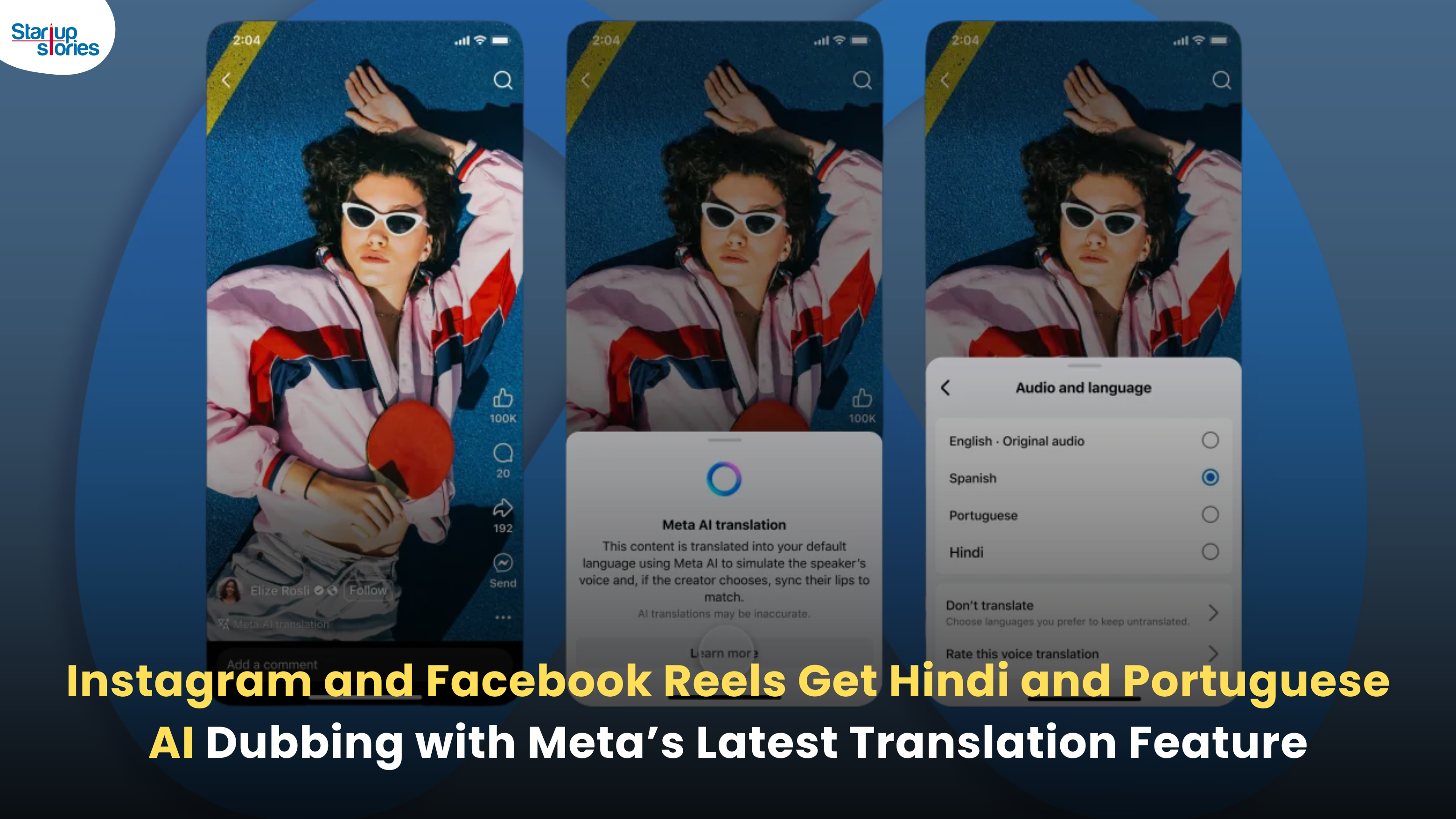Latest News
Android Pie: Everything You Need To Know About Google’s New Features

Android 9 Pie, Android’s latest operating system, was just launched after premiering at the company’s developers conference in May! After months of speculation, Google finally revealed what the P in the name stands for and despite all the multiple names thrown around, the one that stuck was Pie! From the first glance, Android 9 Pie seems to be extremely promising. Here is taking a look at the features this new and updated version of the Android has to offer!
1. Machine Learning
Machine Learning and Artificial Intelligence is the one bandwagon everyone is ready to jump on, including Google. One of the key updates in the new operating software is the Adaptive Battery, which understands which apps you use the most and will help you optimise them accordingly. App Actions predicts which app you will use next, based on your usage.
2. Background upgrades
One of the most popular controversies yet to be proven in the world of smartphones is how Facebook could be listening to your conversations through smartphone microphones. Despite not being proven, Android Pie is going to restrict access to mic, camera and all SensorManager Sensors from apps that are idle for a long time. This basically means that if the app switches to background mode, it will lose access to the phone’s microphone! Furthermore, if an external device is trying to gain access to your camera, an automatic error message gets generated, letting owners know their phone is being hacked in an instant.
3. Privacy a major factor
In an attempt to increase the privacy settings of one’s phone, the new OS has taken privacy quite seriously. Google is creating a new permission’s category called Call Log, which requires developers to ask for explicit permission to access users’ call logs, rather than lumping it all into a single “Phone” permissions group. As an added safety measure, all Android phones are required to access links starting with HTTPS and not HTTP, making sure the network is safe and secure.
4. New interface
So far, one of the major differences between Android and Apple was user interface. Up until now, Android had a three touch navigation button. However, with the new OS, the software is now giving way to a slicker one touch navigation system, seemingly inspired from the gesture features of Apple iPhone X. For instance, you can swipe up the button to see recent applications. The thumbnails of recent applications now appear larger with a full screen view. Smart Text Selection has also been improved and integrated within the “Overview” of recent applications. One of the other key features in the new upgrade include Quick Settings, a feature which lets you access only the apps you have used regularly.
5. Digital Well Being
Google’s new Digital Well Being software is the only software part of the new upgrade which will still be in beta phase during the launch. In case you missed Google’s OS launch back in May, this software deals with limiting the amount of time you spend on your app. While it may seem counterproductive for an OS developing system, the long term goals are beneficial. Once fully functional, one can go to the settings on your dashboard and look at how much time you have spent on your phone and what app is taking up most of your time. To limit usage of these apps, you can set timers and enable the “Do Not Disturb” feature, which instantly switches the app into lock mode.
Sticking to age old Google tradition, the new update is coming to the Pixel phone first. Non Google phones like Sony Mobile, Xiaomi, HMD Global, Oppo, Vivo and One Plus, will receive the software upgrade towards the end of this year. Android One phones like Mi A2 and Mi A1 will also receive the update toward the latter half of this year!
Latest News
Zerodha Reports 23% Profit Decline in FY25 as Revenues Miss Target

Zerodha experienced a challenging FY25, as its revenue fell 11.5% to ₹8,847 crore and net profit dropped 22.9% to ₹4,237 crore. This decline reflects tougher regulatory conditions, lower trading volumes, and increased operational costs in the brokerage market, all of which impacted core earning segments for the company.
Despite these headwinds, Zerodha improved its operating margin to 63.78% and built up significant cash reserves, reporting ₹22,679 crore in bank balances. Salary expenses and director remuneration increased, but disciplined cost controls helped the company maintain profitability and a debt-free balance sheet. The drop in active clients and increased compliance costs further contributed to the profit contraction.
Looking ahead, Zerodha’s resilience is supported by its robust cash position and operational efficiency. Maintaining steady margins, diversifying product offerings, and investing in technology positions the company to withstand future regulatory fluctuations and changing market sentiment reinforcing its status as one of India’s leading brokerage firms.
Latest News
Zoho Pay Debuts as India’s New UPI Challenger, Taking on PhonePe, Paytm, and Google Pay

Zoho Corporation has expanded its fintech portfolio with the launch of Zoho Pay, a UPI-based payments app built to challenge India’s top digital payment giants such as PhonePe, Paytm, and Google Pay. The new app supports peer-to-peer transfers, bill payments, QR-based transactions, and merchant settlements in a streamlined interface. Available as both a standalone app and an integrated feature inside Zoho’s privacy-driven messenger Arattai, Zoho Pay enables users to handle chats and payments in one platform, emphasizing data privacy and Made-in-India innovation.
Through seamless integration with Arattai, Zoho Pay allows users to send or request payments, split expenses, and conduct UPI-based transactions directly in their chat windows. Users can link bank accounts, scan dynamic QR codes, and receive audio confirmations of payments, ensuring speed and security. This design mirrors the simplicity of India’s leading UPI apps but is powered by Zoho’s non-advertising, privacy-first model. The integration aligns with Zoho’s mission to build a self-reliant digital ecosystem, where messaging and money management coexist securely.
In the competitive digital payments market, Zoho Pay differentiates itself through its tight business software integration with apps like Zoho Books, Zoho Payroll, and Zoho Commerce, offering small businesses unified access to payments, billing, and accounting. The company is also expanding its reach with POS devices for merchants featuring UPI QR, card payments, and instant reconciliation tools. With founder Sridhar Vembu’s vision of a ‘Chat + Pay’ ecosystem, Zoho Pay reflects a bold step toward redefining India’s fintech scene with a secure, ad-free, and locally developed alternative to global payment platforms.
Latest News
Meta Expands AI-Powered Reels Translation to Hindi and Portuguese, Enhancing Global Creator Reach

Meta has expanded its AI-powered translation feature for Reels to include Hindi and Portuguese, joining English and Spanish in empowering creators to reach a broader global audience on Instagram and Facebook. Originally launched in August 2025 with support for English and Spanish, this update now allows creators to seamlessly translate and dub their short videos, breaking language barriers across some of the largest Reels markets worldwide. The AI technology mimics the creator’s voice tone and even offers lip-syncing to ensure the translated videos feel natural and engaging for viewers.
This enhancement is especially significant for India, the largest market for Facebook and Instagram, where over 600 million people speak Hindi. Content creators who are not fluent in Hindi can now easily access this vast audience, increasing their reach and engagement across diverse linguistic groups. To maintain transparency, all translated Reels are clearly labeled with “Translated with Meta AI,” and viewers can choose to switch translations on or off based on their preference.
In addition to voice dubbing, Meta is developing features to translate captions and text stickers on Reels, making content more accessible even without sound. These AI translation tools are available free for eligible public Instagram accounts and Facebook creator profiles with over 1,000 followers. This innovation reinforces Meta’s commitment to fostering cross-cultural content sharing and enhancing creators’ ability to connect with audiences around the world through short-form videos.














Kuwin
November 7, 2025 at 11:09 am
kuwin sở hữu kho game đa dạng từ slot đến trò chơi bài đổi thưởng, mang đến cho bạn những giây phút giải trí tuyệt vời.
MM88
November 7, 2025 at 11:53 pm
Khám phá thế giới giải trí trực tuyến đỉnh cao tại MM88, nơi mang đến những trải nghiệm cá cược thể thao và casino sống động.
ios超级签
November 10, 2025 at 12:51 pm
苹果签名,苹果超级签平台,ios超级签平台ios超级签苹果企业签,苹果超级签,稳定超级签名
iwin
November 11, 2025 at 6:47 am
iwin – nền tảng game bài đổi thưởng uy tín, nơi bạn có thể thử vận may và tận hưởng nhiều tựa game hấp
站群程序
November 13, 2025 at 3:09 am
搭载智能站群程序,自动化搭建与管理,为SEO项目提供核心驱动力。站群程序
J88
November 18, 2025 at 10:57 am
Đến với J88, bạn sẽ được trải nghiệm dịch vụ cá cược chuyên nghiệp cùng hàng ngàn sự kiện khuyến mãi độc quyền.
GO88
November 19, 2025 at 7:31 pm
Tham gia cộng đồng game thủ tại Go88 để trải nghiệm các trò chơi bài, poker phổ biến nhất hiện nay.